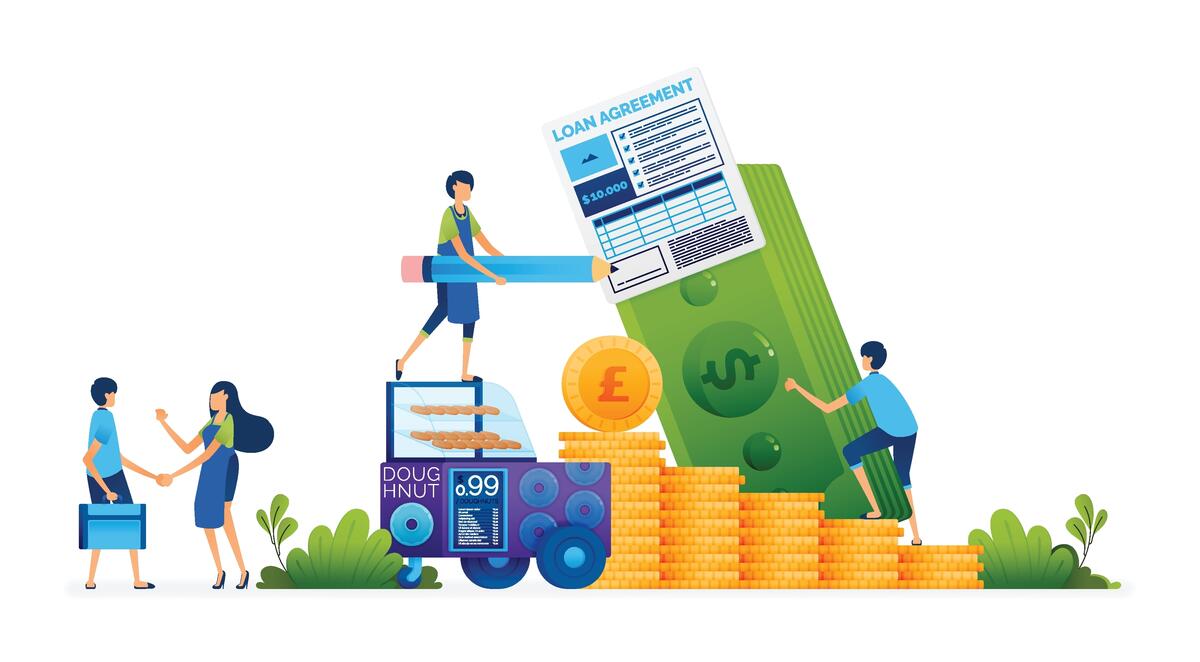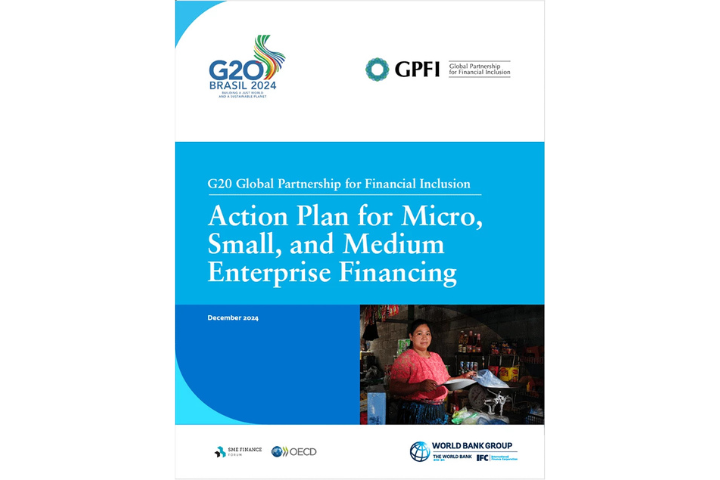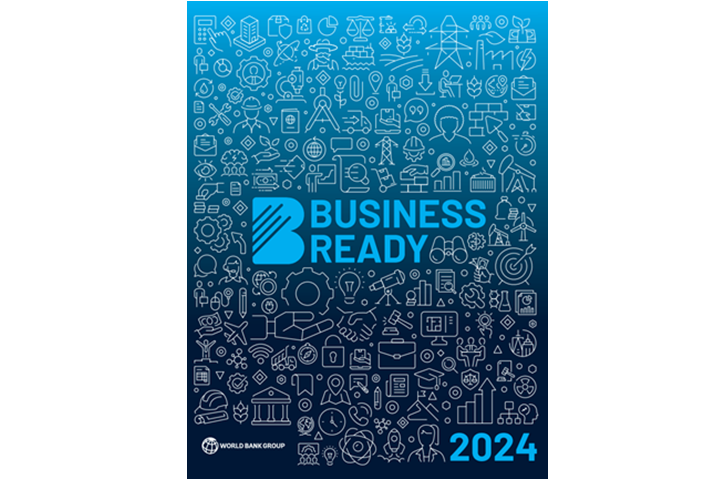When the Narendra Modi-led National Democratic Alliance came to power with a resounding majority last year, it had inherited a frail economy. Twelve months on, the macros are looking better, growth is inching up, inflation has tempered and current account deficit is in the safe zone.
Feverish speculation about big-bang reforms and a quick turnaround in the economy are getting the deserved reality check. The recent rise in crude oil prices, possibility of a weak monsoon amid rising rural distress, and the parliamentary logjam over two critical pieces of legislation – on land acquisition and Goods & Services Tax -- are also helping rationalise expectations.
Winding back, the main reasons for a sharp slowdown in India’s growth since 2012 were the discontinuation of stimulus to rein in rising fiscal deficit and inflation, and policy paralysis that slowed decision making and made it difficult to do business.
The Modi government is addressing policy paralysis by energising the bureaucracy, fasttracking decision-making, and enhancing the ease of doing business. This will create enablers for growth, but cannot push demand up in the short term. There is no monetary and fiscal bazooka at hand either – which is also because of the legislative mandate to bring down fiscal deficit. And monetary policy turned mildly favourable only this year.
In other words, there is little that can be done to engineer a quick revival in demand. That’s exactly why corporates are shy of undertaking fresh investments, as we show in our telling analysis of the results of CNX 500 companies in the first nine months of fiscal 2015 on Page 14. We see private corporate investments picking up only in fiscal 2017.









